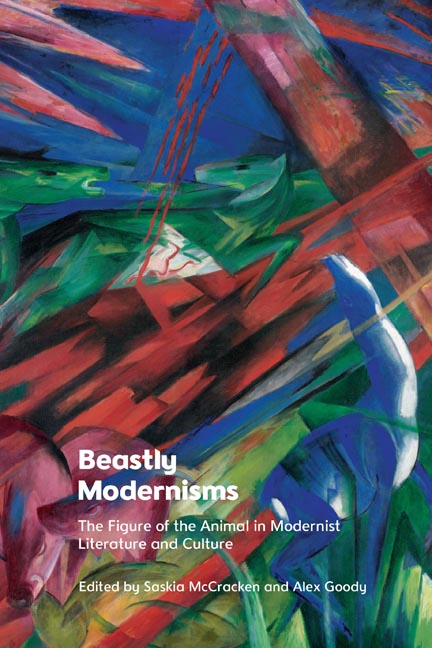Book contents
7 - Species Cleansing: The Rhetoric of Rat Control in the People’s Republic of Poland 1945–1956
Published online by Cambridge University Press: 21 October 2023
Summary
This chapter examines the rhetoric regarding the eradication of rats in Poland between 1945 and 1956, when a broad-scale rat extermination programme was undertaken. There was an intensification of rat control campaigns in Poland at the turn of the 1950s, which can be explained by a sharp increase in the rat population during the period of the war. However, the co-occurrence of the anti-rat propaganda with political purges, as well as strategic and rhetorical resemblances between these two operations, cannot be ignored. Consequently, this Polish case study can be seen as a starting point for analysing how political discourses can shape existing environmental policies and how dominant political narratives influence pest control and sanitary programmes. The exploration of animal figuration in this chapter, therefore, takes a cultural approach to the beastly modernisms that concern the volume as a whole, tracing out the implications of both meanings of that word beastly: cruel and animal-like.
Genocide studies and, most notably, Holocaust studies, have already identified the connections between discursive mechanisms of modernity (including metaphors of purification) and militarised narratives. As I will demonstrate, a similar mechanism may be at play in debates over environmental management and the figuration of nonhuman animals as pests. Rats were traditionally considered vermin and this status was highlighted in the postwar period, when two parallel discourses that shaped the public debate at the time were fused in pest control rhetoric. These discourses were military, promoting the active pursuit of real or imagined adversaries, and the euphemistic discourse of sanitation and epidemiology. I will argue that the rat control discourse which developed during the Stalinist era clearly replicates linguistic and visual tropes of political purges and ethnic cleansing politics. The way that nonhuman animals figure in the rhetoric regarding the management of urban rat populations can thus provide a proper model for investigating how cultural policies of political exclusion work and what kind of persuasive strategies they may follow. My aim is not to discount the real risks associated with the proximity between humans and rats; nor do I compare pest animal species to excluded groups of human individuals. My objective, rather, is to map out strategies of exclusion which draw on beastly figurations that may be common to ethnic and political cleansing and certain strategies of environmental management.
- Type
- Chapter
- Information
- Beastly ModernismsThe Figure of the Animal in Modernist Literature and Culture, pp. 125 - 142Publisher: Edinburgh University PressPrint publication year: 2023

